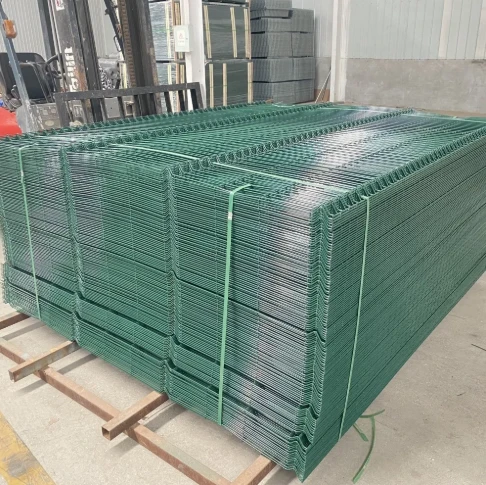Understanding Perforated Wire Mesh Applications and Benefits
Perforated wire mesh, also known as perforated metal mesh, is a versatile material prominently used across various industries due to its strength, durability, and flexibility. Composed of a thin sheet of metal that is punctured with a series of evenly spaced holes, perforated wire mesh combines functionality with aesthetic appeal, making it an ideal solution for diverse applications.
Composition and Structure
Typically made from materials such as stainless steel, aluminum, or carbon steel, perforated wire mesh is engineered to provide a combination of lightweight design and structural integrity. The perforation process involves using specialized machinery to punch holes into the metal sheet, allowing for varied hole sizes, shapes, and spacing patterns. This customization enables designers to tailor the mesh to meet specific requirements, whether for industrial, commercial, or artistic purposes.
Key Applications
1. Architectural Solutions In the field of architecture, perforated wire mesh serves both functional and decorative purposes. It is commonly used for facades, balustrades, and sunshades, allowing for light filtration while maintaining privacy. The aesthetic versatility of the mesh helps architects create striking designs that enhance the beauty of buildings.
2. Industrial Use The industrial sector leverages perforated wire mesh for filtration, separation, and support applications. Its strength and rigidity make it ideal for use in screens, sieves, and grates. Industries such as mining and agriculture often utilize these meshes to separate materials or allow airflow while keeping unwanted particles contained.
3. Civics and Security Perforated wire mesh finds application in security systems, used as fencing or barriers in public spaces. The visibility it provides without compromising safety ensures areas are safe while still being open and inviting. This application is essential in parks, schools, and commercial areas where surveillance is important.
perforated wire mesh
4. Consumer Goods In everyday products, perforated wire mesh can be found in items such as oven racks, fruit baskets, and ventilation covers. Its lightweight yet sturdy nature makes it ideal for functional household items, providing both utility and an appealing design.
Benefits of Perforated Wire Mesh
1. Versatility The primary advantage of perforated wire mesh is its ability to be customized. With a variety of hole sizes and patterns available, designers can select specifications that cater to specific needs, making it suitable for multiple applications.
2. Durability and Strength Depending on the material used, perforated wire mesh can withstand various environmental factors, including moisture and corrosion. For instance, stainless steel perforated mesh is particularly valued for its resistance to rust and staining, making it an excellent choice for outdoor applications.
3. Lightweight Nature Unlike solid sheets, perforated wire mesh is significantly lighter, which simplifies transportation and installation. This quality not only reduces costs but also allows for easier integration into existing structures.
4. Aesthetic Appeal The patterns created from the perforation process contribute to a visually attractive product, enabling its use in both functional and decorative contexts. The light filtering capacity of the mesh further enhances its use in design settings.
Conclusion
Perforated wire mesh is an essential material that combines practicality with aesthetic value, finding its role across myriad applications. With its customizable nature, durability, and lightweight characteristics, it remains a preferred choice for architects, engineers, and designers alike. As industries continue to seek innovative solutions, the relevance of perforated wire mesh will undoubtedly maintain its trajectory, proving vital across many sectors for years to come.






















